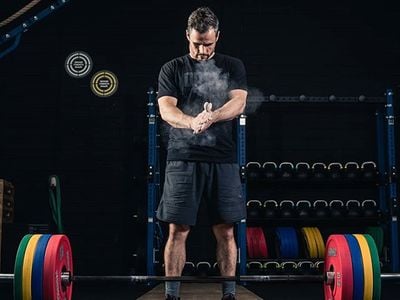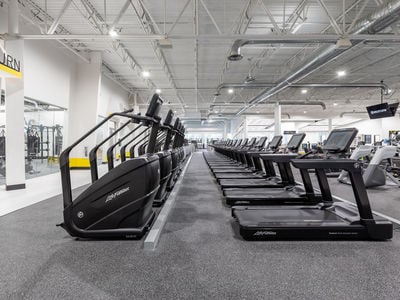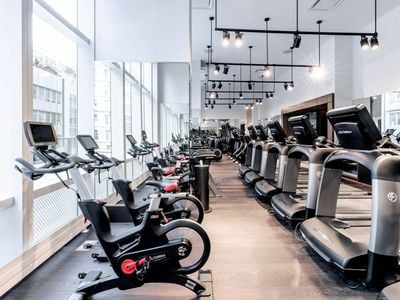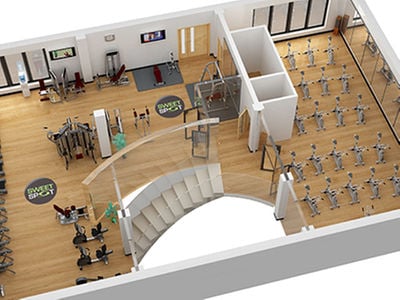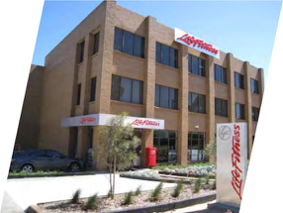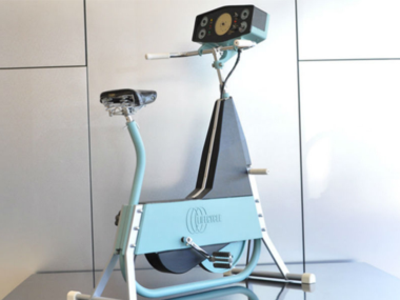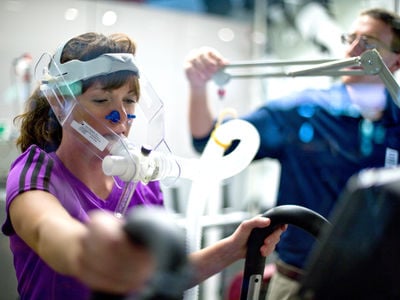The physical declines associated with ageing are well documented. As we get older, it not only becomes harder to build muscle tissue, but it is also difficult to maintain the muscle mass we already have.
Digging deeper, we also know that the battle is not just about the number of muscle cells we have, but also what’s taking place inside our cells.
We know that training into old age has a powerful effect on things like preserving muscle tissue, maintaining growth hormone and testosterone levels, maintaining bone density and reducing inflammation. But what is the impact of training at the cellular level?
Research is showing a direct link between a physical decline with ageing, and a breakdown in the mitochondrial dynamics cycle. And a recent study sought to investigate whether exercise also offsets age related physical declines because of its impact on mitochondrial dynamics.
Mitochondria and Mitochondrial Dynamics
Mitochondria are often referred to as the ‘powerhouses’ of our body’s cells. They are organelles inside our cells that are responsible for producing adenosine triphosphate (ATP). This is the primary energy source for our cells, and is what fuels all physiological processes, including muscular contractions.
When we train, there is a significant increase in cellular energy demand. This triggers what is known as the AMPK (AMP-activated protein kinase) signaling pathway, which in turn triggers a number of responses within the cell, including mitochondrial dynamics.
Mitochondrial dynamics involves the fission and fusion of mitochondria, an essential process for maintaining healthy cell function.
Understanding Mitochondrial Fission and Fusion
Mitochondrial fission is the process by which a single mitochondrion is divided into smaller organelles, while mitochondrial fusion sees two or more mitochondria fuse to form a larger organelle.
Fission allows damaged or dysfunctional mitochondria to be removed and replaced with healthy ones. Fusion on the other hand allows for the sharing of mitochondrial DNA and proteins between mitochondria.
A homeostatic process, mitochondrial dynamics effectively ensures “the fine-tuned regulation of organelle connectiveness, size and function.”
These processes help to ensure that the mitochondria are functioning at their optimal capacity.
During exercise, an increase in mitochondrial fission and fusion occurs, which helps to remove damaged mitochondria and ensure that the remaining mitochondria are functioning properly. In short, exercise can increase the production of new mitochondria, as well as improve the function of existing ones.
We know that this process also declines as we age, leading to a decrease in mitochondrial balance, function, and an increase in cell death.
So the question remains: does exercise work to preserve mitochondrial dynamics as we age?
The Research
A recent study by the University of Sao Paulo and published in the Proceedings of the National Academy of Sciences, looked to uncover the mechanisms that see exercise preserve physical fitness during ageing.
What they found was that even a single exercise session “induces a cycle of mitochondrial fragmentation followed by fusion after a recovery period.” The authors also claimed that daily workouts delay mitochondrial decline associated with ageing.
They also stated that as we age, activation of the AMPK signaling pathway also preserves physical fitness during ageing.
Therefore, through direct impact on both of these processes, maintaining a consistent training regime, we can preserve muscle function and cell health into old age.
Campos, J. C. et al. (2023). Exercise preserves physical fitness during aging through AMPK and mitochondrial dynamics. Proceedings of the National Academy of Sciences. 120 (2)




